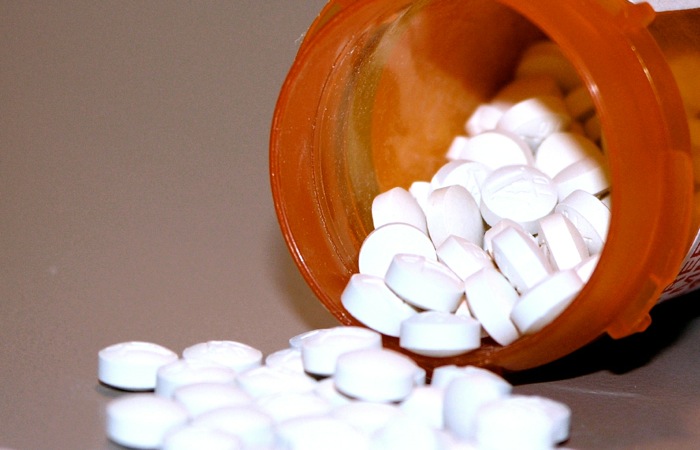With the discovery of penicillin by Alexander Fleming in 1928, people were able to effectively treat diseases that once killed them. While this marked the birth of modern antibiotics, the actual use of a substance derived from one living organism (i.e. mould on bread) to kill another living organism (i.e. a bacterial infection) is considerably older. Over 2,500 years ago, the Chinese applied mouldy soybean curd to carbuncles, boils, and other skin infections.
You know that penicillin antibiotics originated from Fleming’s mouldy bread. But did you know that sulfonamide drugs were discovered as a byproduct of azo fabric dyes in Germany, and that the cephalosporins were first noticed in a sewer outlet off the Sardinian coast?
Read Also

Summer Series: Why it’s important for you to get fit
So much of farming is so physically demanding. Even the easy jobs take enough running around to require physical stamina….
Tetracyclines and erythromycins were found when soil samples from various world locations were systematically screened.
Today, the chemical structures of antibiotics are known, and they are manufactured in pharmaceutical plants. Moreover, new antibiotics are discovered by researchers in their labs manipulating chemical formulas, not searching mouldy bread!
When you take an antibiotic, it almost seems like magic that the antibiotic knows where to go in your body to fight the infection, but it’s not. Each antibiotic is effective against a specific group of bacteria, and each type of infection is most often caused by a specific type of bacteria. For example, 80 to 90 per cent of urinary tract infections are caused by E. coli, and sulfonamide antibiotics are the most effective against this bacteria.
Over time, researchers have found which bacteria are most likely to cause an infection, and thus which antibiotic is the best fit. However, you may still need a culture and sensitivity test to check to see which bacteria is causing the infection, and to which antibiotics it is sensitive, especially if the infection persists.
In recent years, antibiotic resistance has become more common. It occurs when the bacteria causing the infection develops resistance to an antibiotic. If it is resistant to one member of the antibiotic group, it is likely resistant to all. A different and often more potent antibiotic is needed. Spread of an infection that has antibiotic resistance is always a problem because infections are difficult to treat and often older or sicker individuals have poor outcomes.
At one time, if you had a serious infection, for example a bone infection or osteomyelitis, you needed to be in hospital and to take intravenous antibiotics. Today many “Home IV” programs are in place which mean that you go to a hospital or clinic on a daily basis for the intravenous drug, but you remain at home. Then, of course, after you complete the course of the IV antibiotic, you will be prescribed oral antibiotics for a continuing period of time.
Ideally, antibiotics should be taken on an empty stomach so that you have the maximum absorption. However, stomach irritation can occur with some antibiotics, for example erythromycins, and you need to take them with food so that you tolerate them better. Antibiotics are best spaced evenly throughout the day. If the dosing is twice daily, then try to space the doses 12 hours apart; three times daily, eight hours apart; and four times daily, six hours apart.
Remember, antibiotics are only effective against bacterial infections, not fungal or viral infections. Coughs, colds, and the flu are viral infections and antibiotics have no value here. In fact, by exposing any bacteria in your body to an antibiotic, if you insist on taking one for a cough, cold, or the flu, you can contribute to resistance.
Also remember to take your complete antibiotic prescription. If you stop too soon, you may feel better, but some bacteria may remain and develop resistance. You want to be smart when you take an antibiotic so that when you need one, it will be effective.















